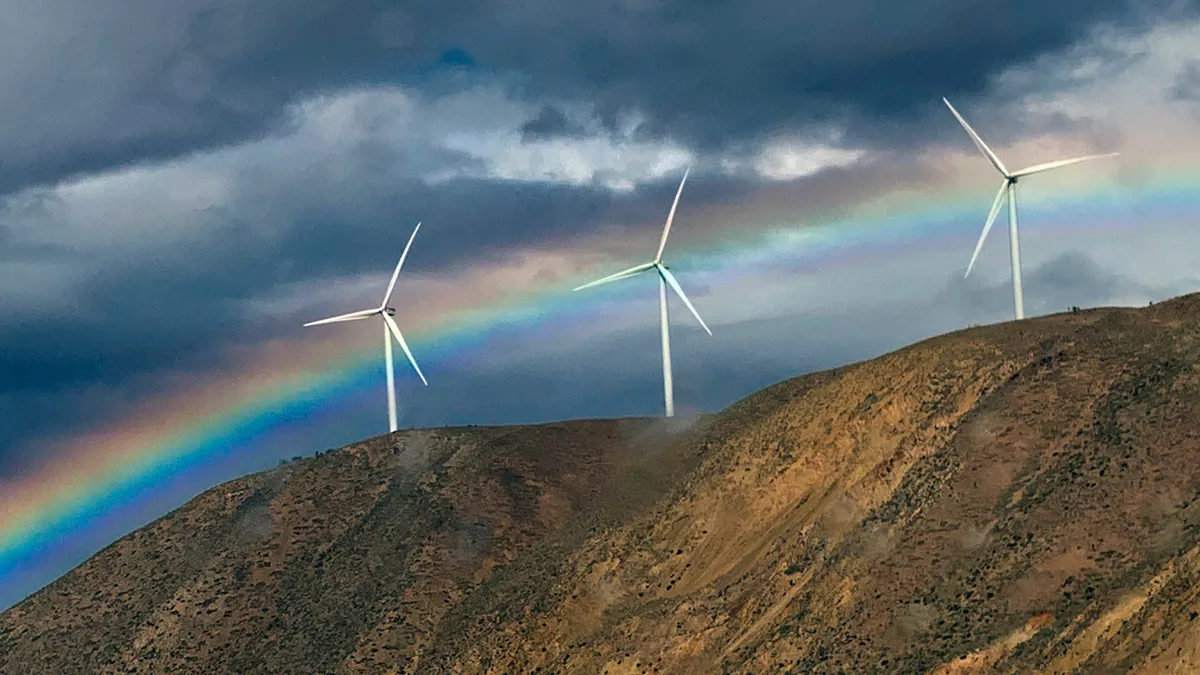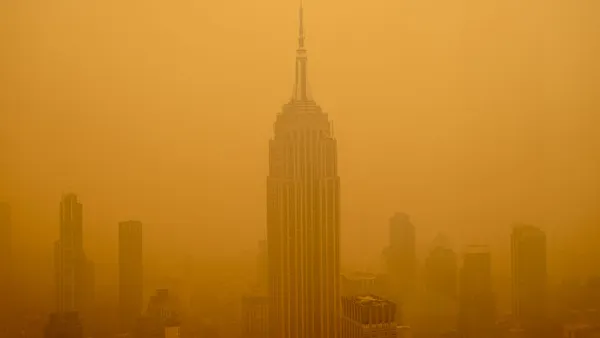Dive Brief:
- The American Council for an Energy-Efficient Economy (ACEEE) released its 2020 State Energy Efficiency Scorecard on Wednesday, ranking California as its leading state for the first time since 2016, when it tied with Massachusetts. This is the first report since 2010 that Massachusetts has not held the No. 1 spot.
- California's top rank was attributed to its leadership in building electrification, with dozens of California cities adopting net-zero building energy codes, and its recent goals to end the sale of fossil fuel-powered vehicles by 2035. "Efficiency is in California's DNA," said Commissioner Andrew McAllister of the California Energy Commission, during a webinar on Wednesday to discuss the scorecard.
- Massachusetts landed the No. 2 spot in the 2020 scorecard, followed by Vermont, Rhode Island and New York. Nevada was named the "most improved" state, climbing five spots in the ranking up to No. 21, while Virginia, Colorado and Minnesota were named regional leaders.
Dive Insight:
The 14th-annual state efficiency scorecard was based on 30 different scoring metrics addressing energy-adjacent policies across the utilities, buildings, transportation and appliances sectors, said ACEEE senior researcher Weston Berg in the webinar. Berg said states have been "critical drivers for advancing energy savings," particularly in the absence of strong federal presence, but the COVID-19 pandemic was a significant obstacle for many of these efforts.
"COVID certainly dominated a lot of storylines this year and slowed a lot of efforts to advance state clean energy goals, and that was [particularly] true in the energy efficiency sector where we lost around 400,000 jobs in a field that typically involves a lot of home visits," Berg said, adding that the "different pace" of policymaking due to remote working environments exacerbated these issues. "But despite these obstacles, we did also see plenty of achievements to celebrate."
Nevada's climb up the leader board is one of those achievements, prompting remarks of gratitude from Nevada Gov. Steve Sisolak during the webinar. "This accomplishment cannot go understated," Sisolak said, thanking entities like the governor's Office of Energy, which helped the state adopt energy-efficient standards for general service lamps.
ACEEE also highlighted Nevada's adoption of the 2018 International Energy Conservation Code and of California’s vehicle emission standards and ZeroEmission Vehicle (ZEV) mandate as reasons for the state's improvement.
Colorado Gov. Jared Polis also joined the webinar to represent the No. 11 state and the leader of the Southwest/Mountain region. ACEEE attributed Colorado's strong ranking to its utility-led energy efficiency programs allowing the state to report "electricity and gas savings well above average," but Polis assured there is more work to be done.
"I think I speak for most Coloradoans when I say we'd like to be at the top of the list in the future," Polis said. "The success is driven by a real collaborative approach in our state, innovative leadership in the private sector, local leadership, utilities, advocacy partners, and of course a very strong commitment from my administration to move Colorado towards a clean energy future."
Beyond the state scorecard, ACEEE also releases an annual city scorecard to highlight how the 100 largest U.S. municipalities are prioritizing clean energy. New York City topped the 2020 scorecard, followed by Boston, Seattle, Minneapolis and San Francisco.
The 2020 city scorecard emphasized the need for lower-ranking cities to take bolder actions to advance clean energy, which can be supported by state leadership and resources. Commissioner McAllister said in the Wednesday webinar that prioritizing the needs of all cities and communities, especially disadvantaged, rural and low-income communities, is the key to reaching these wide-ranging energy goals.
"We reach carbon neutrality together or we don't reach it," McAllister said. "That is fundamental."












